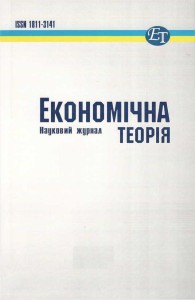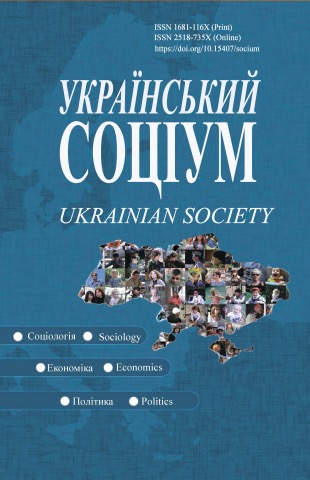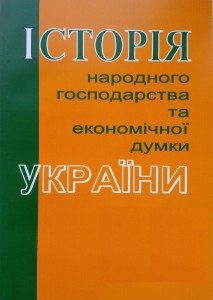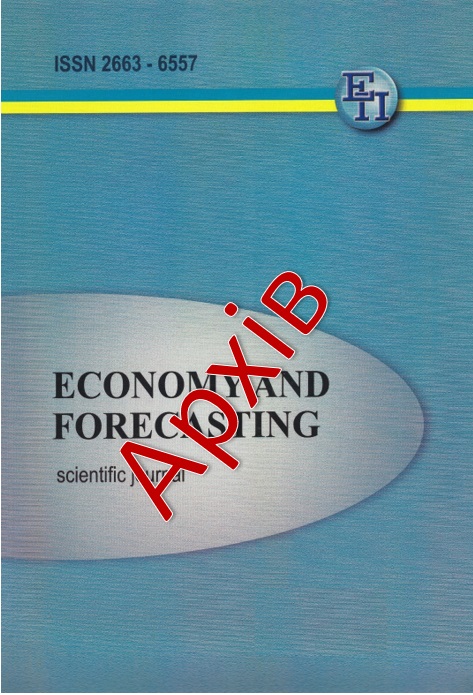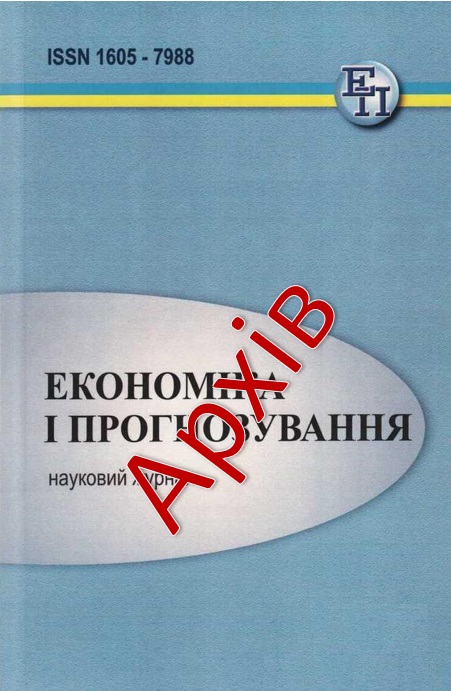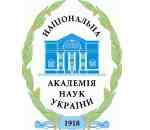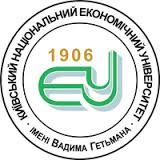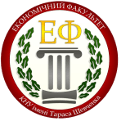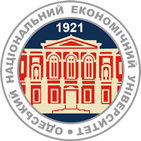This post is also available in: Ukrainian
On May 13-14, 2024, the international seminar “Opening up Data for Research on Ukraine” was held in the Institute of Innovation and Competitiveness of the Max Planck Society in Munich (Germany). The Head of Department of Innovation Policy, Economics and Organization of High Technologies of the Institute for Economics and Forecasting of the National Academy of Sciences of Ukraine, Doctor of economics, Professor, Corresponding member of the NAS of Ukraine Igor Yegorov took part in this seminar, where a wide range of issues related to the state of science and innovation in Ukraine during the war were considered.
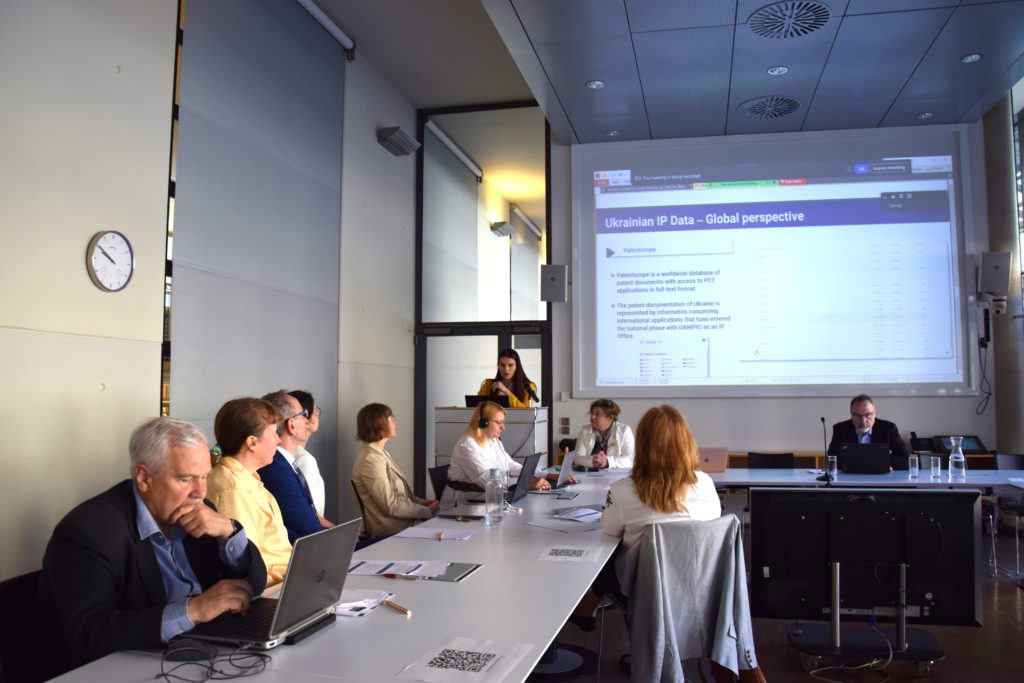
Participants of the seminar:
Igor Yegorov is the first from the left
In addition to participating in general discussion, Prof. Yegorov made a separate report “Differences and similarities between Ukrainian and international data on science, technology and innovation”. Although Ukraine has begun harmonizing its statistical information in the area of science and innovation more than 10 years ago, this process is far from complete. In many cases, Ukrainian official statistics uses the same definitions as the OECD countries, but data collection and calculation methods do not meet international standards, as was demonstrated by the example of full equivalent of employment indicators. In addition, the State Statistical Service of Ukraine does not provide data on financing in comparative prices and does not provide specific deflators for the scientific sphere, which complicates the assessment of the dynamics of the corresponding processes.
Another problem is a limited access to the sources of information. First, not all groups of innovative enterprises are properly represented in statistical surveys. Secondly, according to the current legal regulations, access to data of individual research organizations and innovative enterprises is limited. This situation must be changed by using more “flexible” procedures for the analysis of the sphere of innovation, research and development, in particular, it is worth clarifying the content of individual indicators, removing restrictions on the provision of open data on innovative enterprises that are monopolies in one or another industry; to expand the possibilities of statistical groupings of enterprises and organizations, depending on the objectives of one or another survey. This would help to conduct international comparisons more effectively, which are necessary to accelerate the processes of European integration in the field of statistics of science and innovation.


 English
English Ukrainian
Ukrainian 
